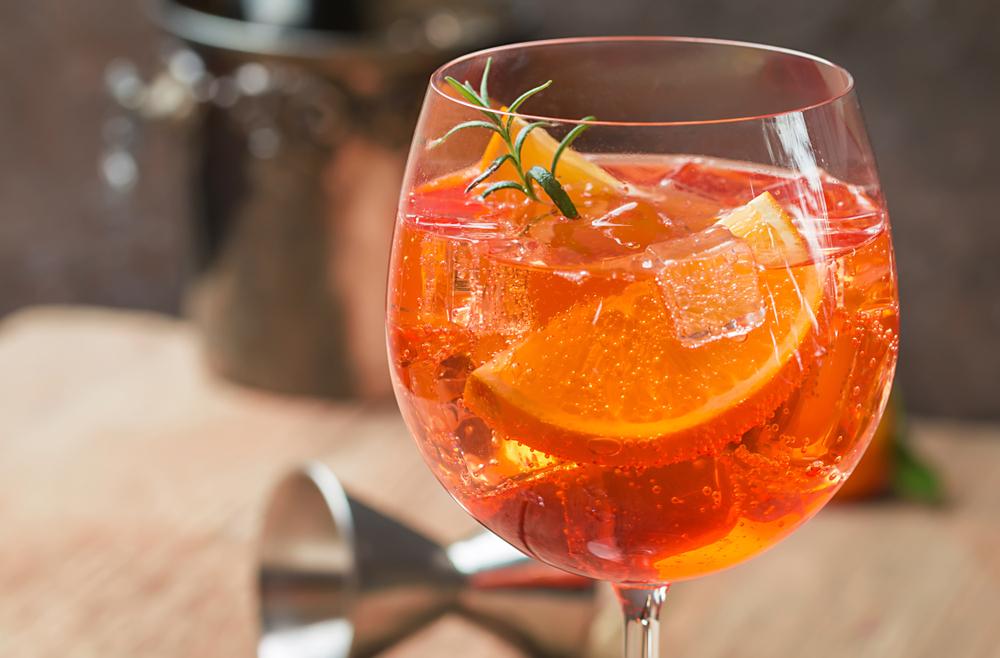There’s nothing like a chilled glass of bubbly happiness in summer, something not too strong but also refreshing and flavorful.
The name spritz comes from the German spritzen (to squirt), which seems an odd moniker for a drink of Italian origins. But in the 19th century after the fall of Napoleon, the Habsburgs of the Austrian Empire ruled Veneto, the region around Venice. As populations (soldiers, for starters) from the north moved in, they drank the local wines, which were a tad more potent than what they were used to. A squirt of water into a glass of red or sparkling wine lightened them up.





